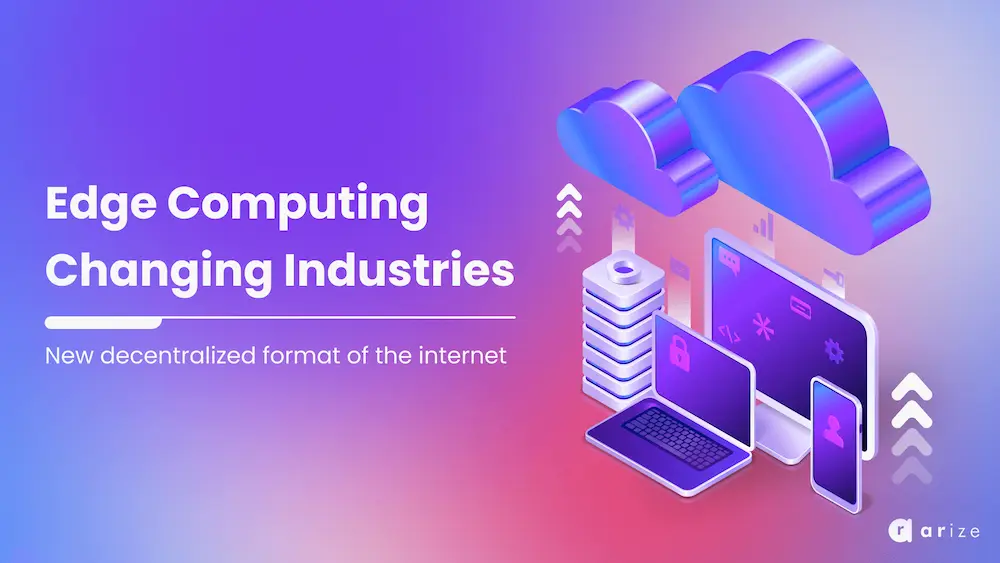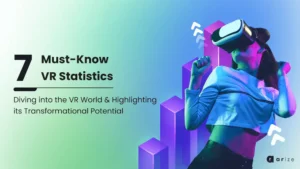Edge computing is part of the new internet format that uses decentralization to perform faster and at a higher level than we currently experience in data storage and dissemination.
Edge computing has use cases across many industries and has already been assumed in various sectors. We’ll look at areas where it’s affected and how it’s being used differently.
What is Edge Computing?
Edge computing, as defined, transfers specific storage and resources away from a business’s central data center and closer to the data source.
The data center transmits the results and takeaways from that data, ready for use, to the leading data center for review and interaction.
The results and takeaways from that data are then transmitted, ready for use, to the leading data center, ready for review and interaction.
Automotive
Autonomous vehicles are a prime use case for edge computing, as they must analyze data in real-time to operate safely. However, the volume of data generated by autonomous vehicles means that cloud-based analysis could lead to problems due to latency or a lack of connectivity.
Edge computing allows only the necessary information to be transmitted, meaning there is less to be analyzed. It takes up less bandwidth, meaning latency and congestion become less of an obstacle.
Security
In commercial and consumer settings, edge computing can boost security. It can enable video monitoring, biometric scanning, and other surveillance measures. Where analyzing data in real-time is necessary to confirm that only approved activities are taking place by authorized individuals.
Similarly, real-time analysis benefits from consumer security products like video doorbells and cameras. That edge computing delivers in the form of fog nodes deployed in the home network.
Smart Cities
As smart cities take off worldwide, they use edge computing within their communities with initiatives like intelligent traffic controls.
It helps civic organizations like traffic agencies and public transport departments better manage fleets and traffic. And traffic flow by making adjustments based on real-time, live conditions. For example, edge computing can determine areas experiencing congestion and reroute vehicles to lighten traffic.
Civic authorities(such as city workers and regional planners)can also deploy edge devices to process sensor data. On power grids, public infrastructure, public facilities, private buildings, and other locales to immediately assess needs and speed response.
Healthcare
Healthcare data comes from many medical devices in various locations, from doctor’s offices and hospitals to patients’ wearables. (smartwatches, heart monitors, etc.). But not all that data must be moved to a centralized server for analysis and storage, which could create bandwidth congestion and take up masses of storage.
Edge devises intake and analysis data from endpoint medical devices to determine what necessary data can be disposed of and needs immediate action (i.e., an emergency).
For example, the data from a cardiac device can hold a program designed to aggregate average readings for reporting purposes. But instantly report an abnormal reading and call for medical attention.
Edge computing has not yet become a mainstream data storage and processing form with its many capabilities and uses cases that improve many areas. It is only a matter of time before it becomes the industry standard.



